Sample Recovery Helicopters
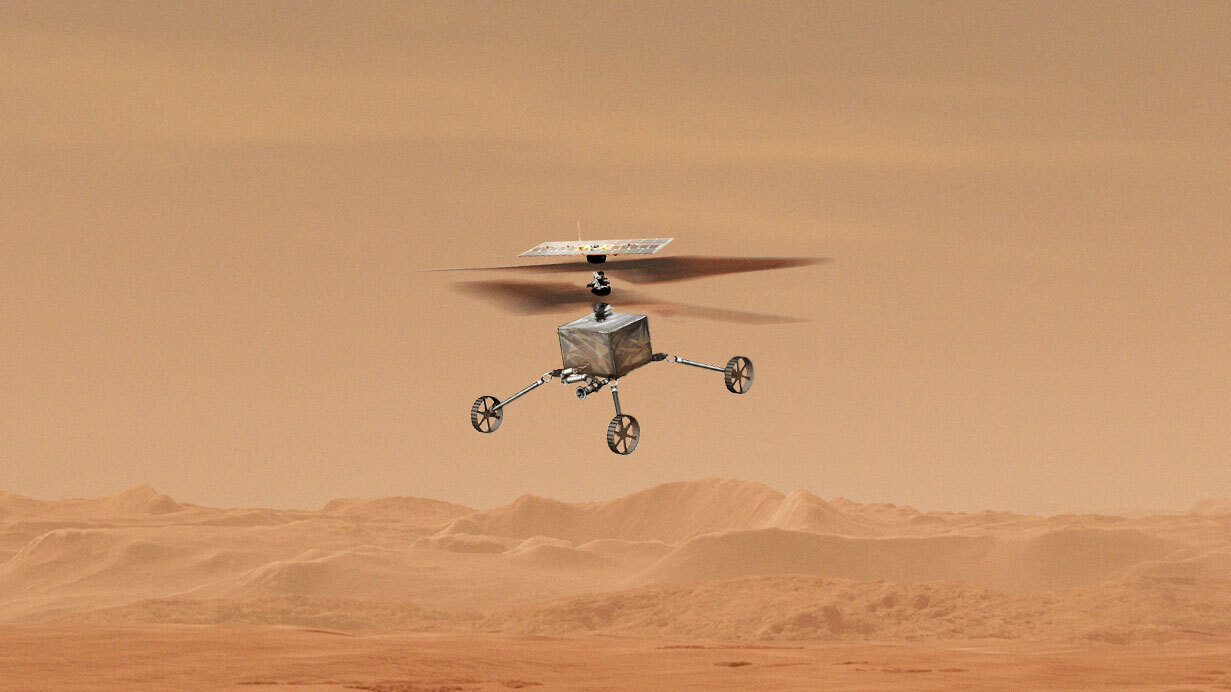
Overview
The Sample Recovery Helicopters are modeled after the successful Ingenuity Mars Helicopter, carried to the Red Planet by NASA's Perseverance rover. These specialized rotorcraft would be a secondary method of sample retrieval for the NASA/ESA Mars Sample Return Campaign. Currently, the Perseverance rover, which has already been collecting a diverse set of scientifically curated samples for potential safe return to Earth, is planned as the primary method of delivering samples to the Sample Retrieval Lander. The Sample Recovery Helicopters would expand on Ingenuity's design, adding wheels and gripping capabilities to pick up cached sample tubes left on the surface by Perseverance and transport them to the Sample Retrieval Lander.
Role in Mars Sample Return Campaign
By serving as another method of retrieving cached samples on Mars, the Sample Recovery Helicopters would help ensure the best chance of successfully returning a scientifically compelling selection of Mars rock and soil samples to Earth.
Quick Facts
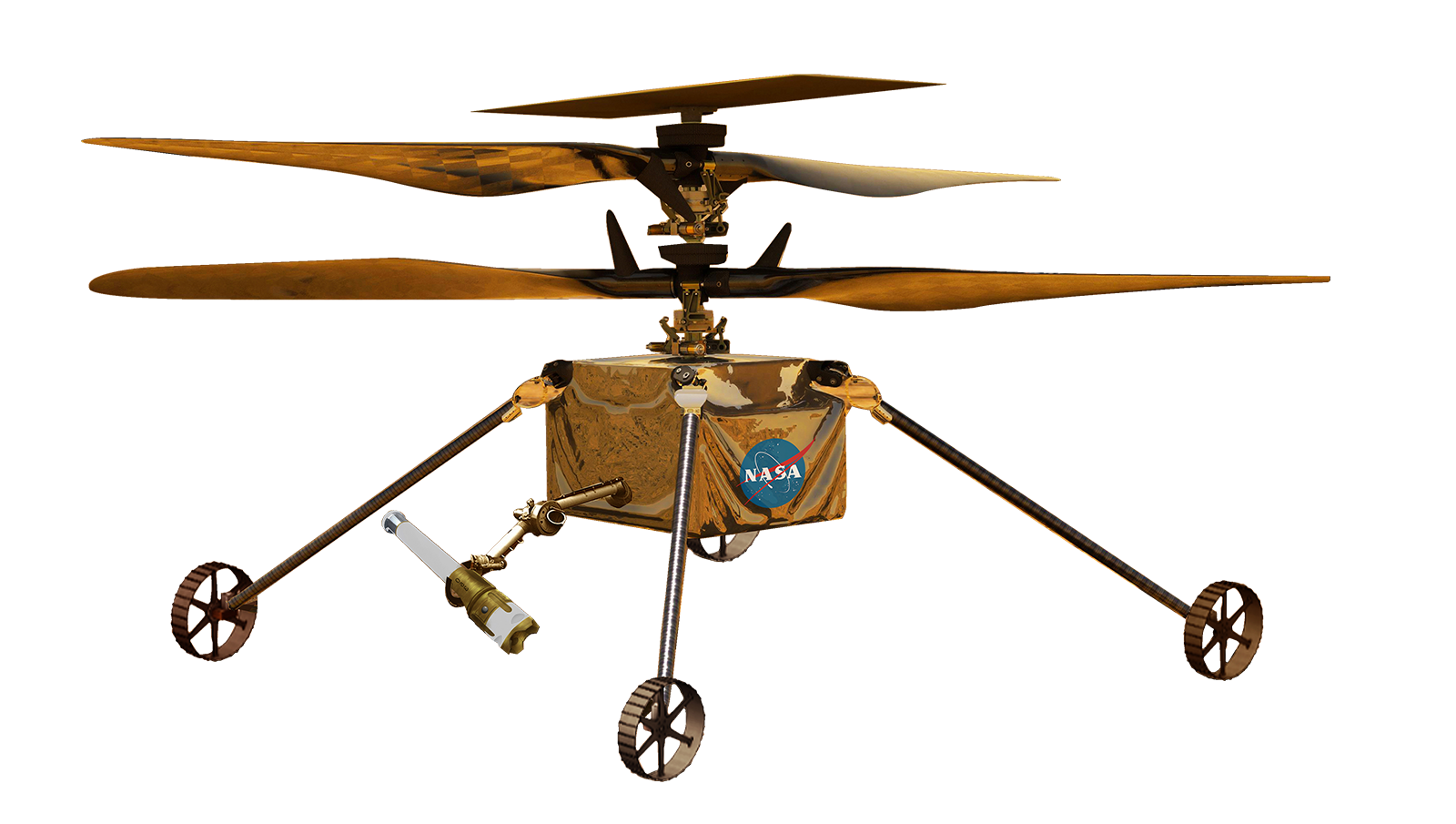
| Project Name | Sample Recovery Helicopters |
| Main Job | Provide a secondary means of retrieving sample tubes from Mars for transport to Earth |
| Launch Date | Planned launch in 2028 (on board NASA's Sample Retrieval Lander) |
| Mars Arrival | 2030 |
| Sample Return to Earth |
Samples would arrive on Earth in 2033 |
| Landing Site | Near the Perseverance rover's landing site in Jezero Crater |
Tech Specs
| Size | About the size of Ingenuity Mars Helicopter, which has a rotor span of ~4 feet (~1.2 meters) |
| Mass | ~2.3 kilograms |
| Weight | ~5 pounds on Earth ~1.9 pounds on Mars |
| Height | ~20.47 inches (~52 centimeters) |
| Power | Solar panels that charge internal lithium-ion batteries |
| Groundspeed | ~11 mph (~5 meters per second) |
| Flight Range | ~2,300 feet (700 meters) |
| Flight Altitude | ~66 feet (20 meters) |
| Flight Environment | Mars' thin atmosphere, less than 1% the density of Earth's atmosphere |
| Mobility | Four wheels about 0.8 inches (2 centimeters) wide, with an outer diameter of about 3.94 inches (10 centimeters) |
5 Things to Know
Standing Ready to Assist Perseverance
The Sample Recovery Helicopters are not planned to be the primary method of retrieving samples on Mars. Current plans call for the Perseverance rover to carry sample tubes directly to the Sample Retrieval Lander. However, should the rover become unable to deliver its onboard samples, the helicopters would be prepared to collect alternate sample tubes previously left on the surface by Perseverance.
Fly, Drive, Grab, and Go!
The Sample Recovery Helicopters would be newly equipped with wheels to traverse along the ground in short distances, and grabber arms to secure tubes during flight.
Careful Navigation
The Sample Recovery Helicopters would take off and land at predetermined sites, or helipads, that have been found suitable and safe, and would use in-flight, map-based navigation to reach the known locations of sample tubes left on the surface.
Collecting a Sample in Four Days
Each helicopter would follow a four-day procedure to recover sample tubes. Day 1: fly to an area near the sample tube. Day 2: drive close to the tube and pick it up. Day 3: fly back to an area near the Sample Retrieval Lander. Day 4: drive close to the lander and drop the tube in the workspace of the lander's Sample Transfer Arm.
A Longer Journey on Mars
Scientists are currently investigating other potential science or exploration uses for the helicopters following the completion of the Mars Sample Return effort.


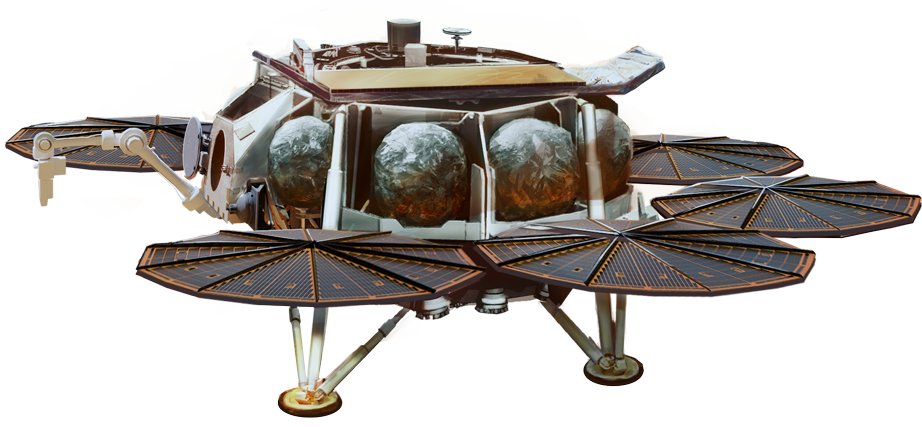 Sample Retrieval Lander
Sample Retrieval Lander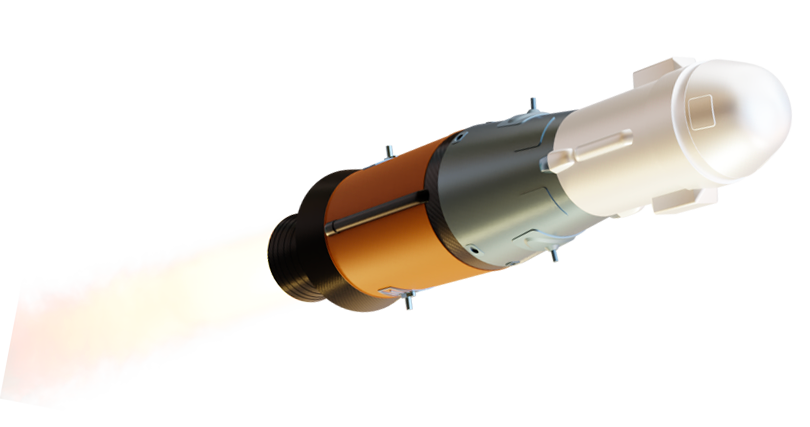 Mars Ascent Vehicle
Mars Ascent Vehicle Earth Return Orbiter
Earth Return Orbiter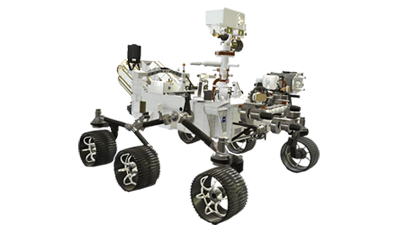 Perseverance Rover
Perseverance Rover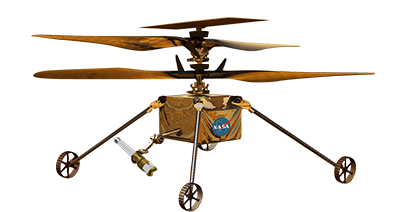 Sample Recovery Helicopters
Sample Recovery Helicopters